Many people who have written about Monrovia have written about the Ducor Hotel. It's an easy target, but its ease doesn't detract from its synecdoche. The Ducor Palace Hotel is the three-decade-long trajectory of Monrovia.
As far as I can piece together from the Nigerian UN soldiers patrolling the hotel, a Liberian security guard (mostly guarding his spot in the shade), Google, and our friend Megan, the hotel was built by a Libyan company in the 1970s, at the peak of Monrovia's stint as a top-choice travel destination, and has passed through multiple owners, including the Intercontinental group of hotels. At its prime in the 1980s, a night at the hotel would set you back between $150 and $200 (that's around $400 in today's currency). And then the war started.
During the war, the hotel shouldered a number of disparate roles: as temporary headquarters of the President, the government's forces, the rebel's forces, and finally—until May of last year—as a refugee camp for up to 2500 of the internally displaced.
Since May, it's become a concrete shell, home only to a few kids whose school meets on the second floor, a church, and a requisite UN presence. And the daily influx, it seems, of amateur photographers from any of the NGOs in this country, equipped with cameras worth more than they should be, and a keen awareness of the unjust dichotomy they create.
From the lens of one of those cameras, a few pictures:
As far as I can piece together from the Nigerian UN soldiers patrolling the hotel, a Liberian security guard (mostly guarding his spot in the shade), Google, and our friend Megan, the hotel was built by a Libyan company in the 1970s, at the peak of Monrovia's stint as a top-choice travel destination, and has passed through multiple owners, including the Intercontinental group of hotels. At its prime in the 1980s, a night at the hotel would set you back between $150 and $200 (that's around $400 in today's currency). And then the war started.
During the war, the hotel shouldered a number of disparate roles: as temporary headquarters of the President, the government's forces, the rebel's forces, and finally—until May of last year—as a refugee camp for up to 2500 of the internally displaced.
Since May, it's become a concrete shell, home only to a few kids whose school meets on the second floor, a church, and a requisite UN presence. And the daily influx, it seems, of amateur photographers from any of the NGOs in this country, equipped with cameras worth more than they should be, and a keen awareness of the unjust dichotomy they create.
From the lens of one of those cameras, a few pictures:
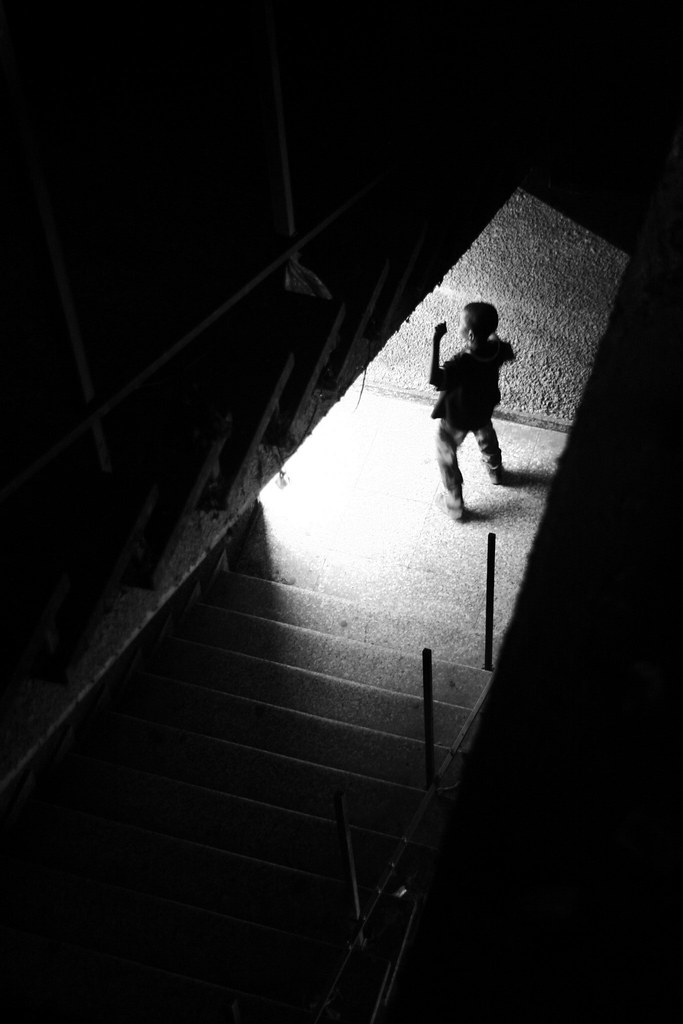
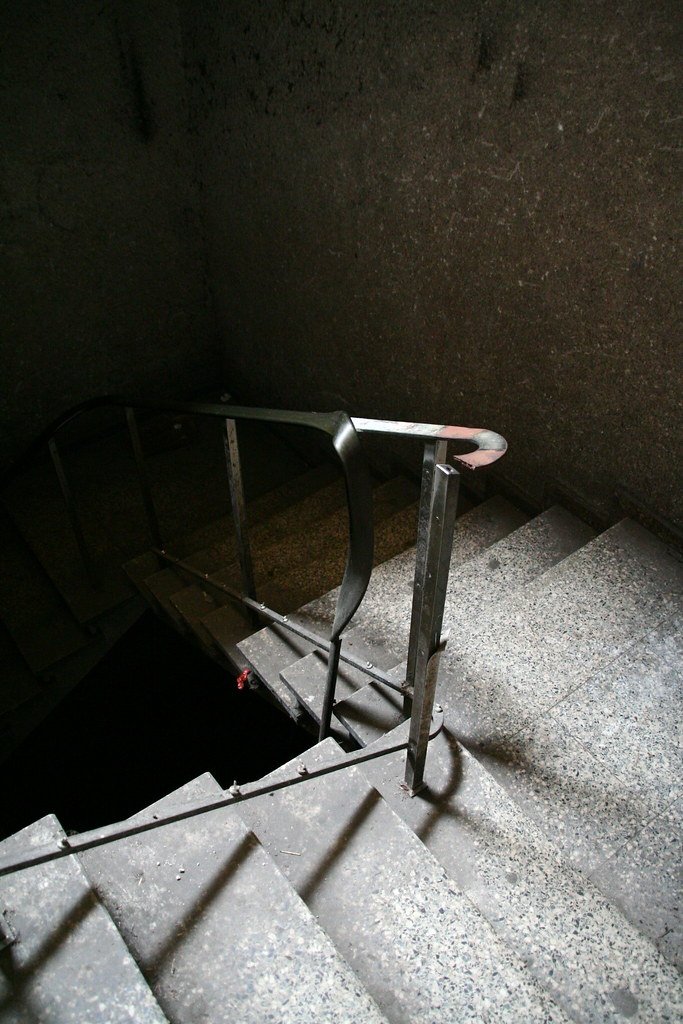
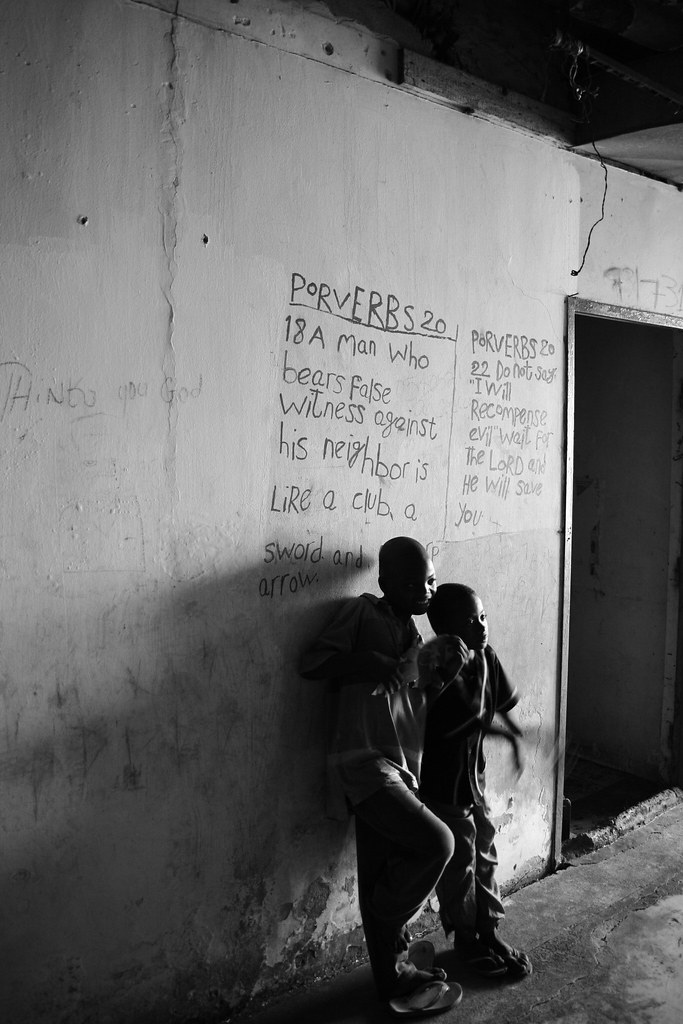
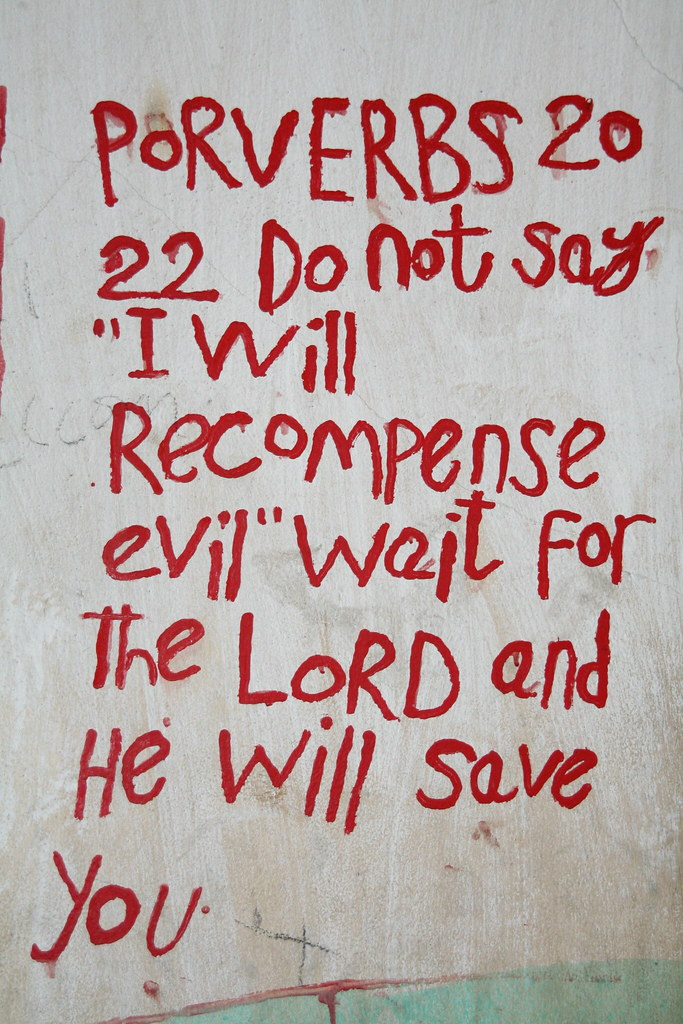
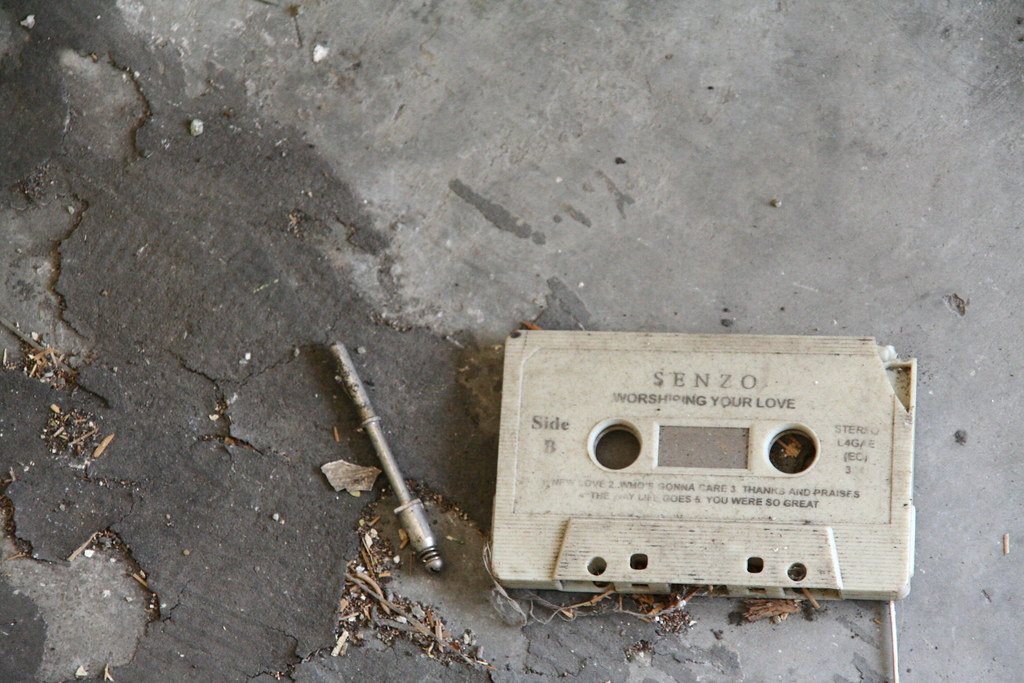
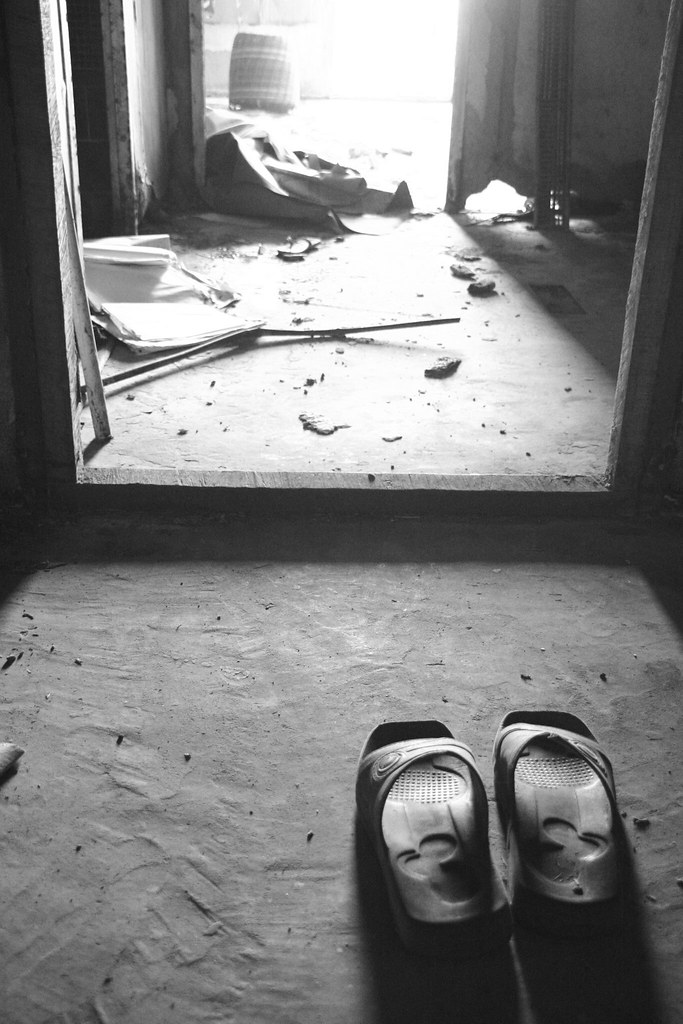
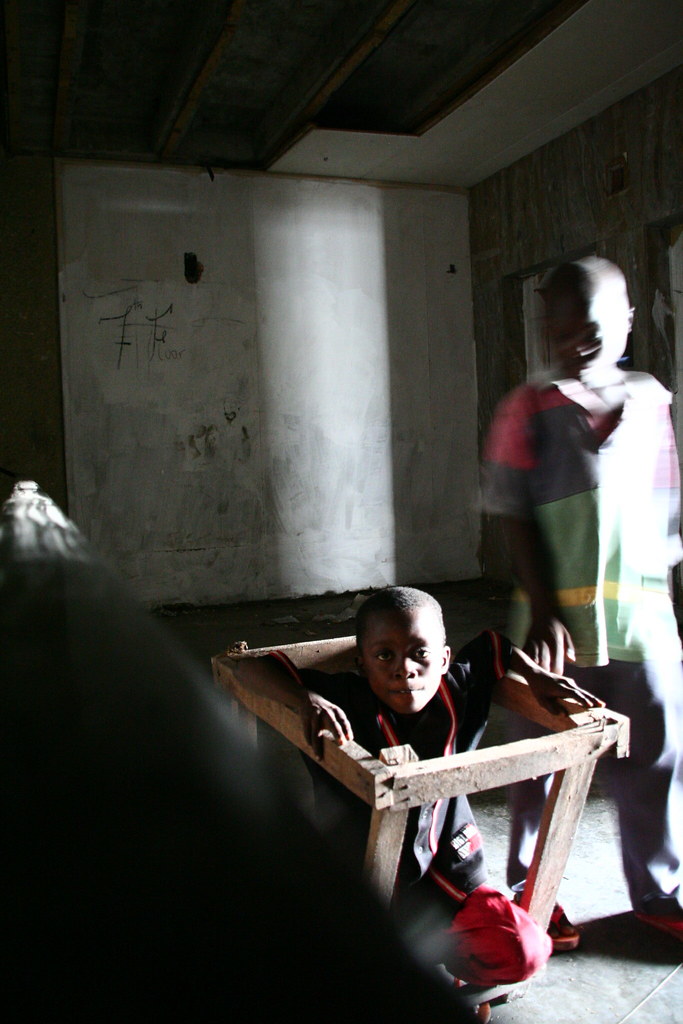
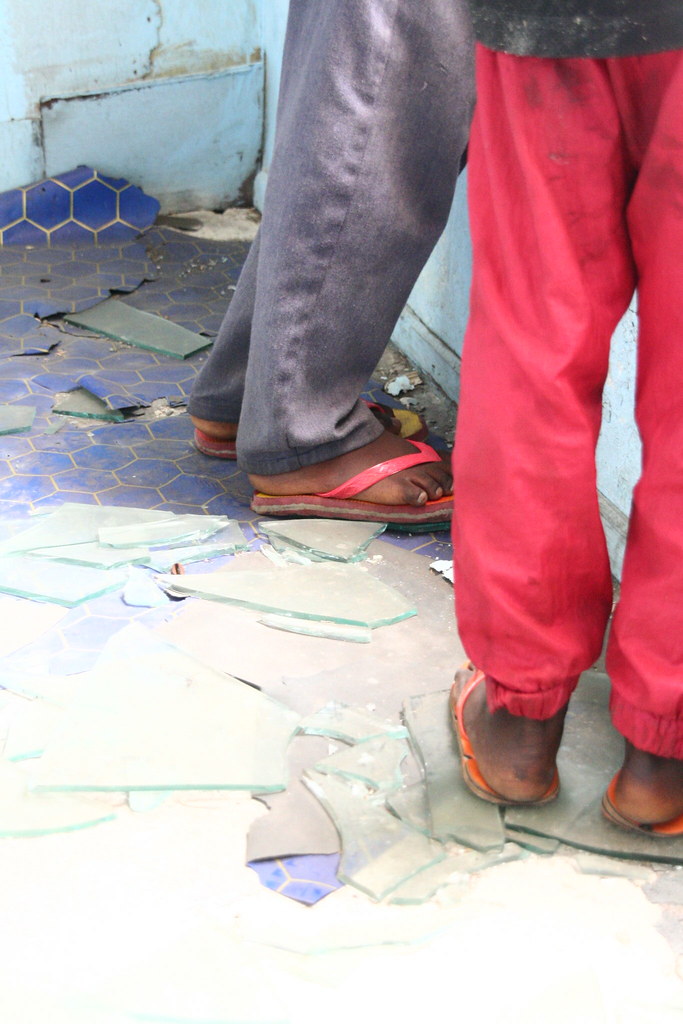
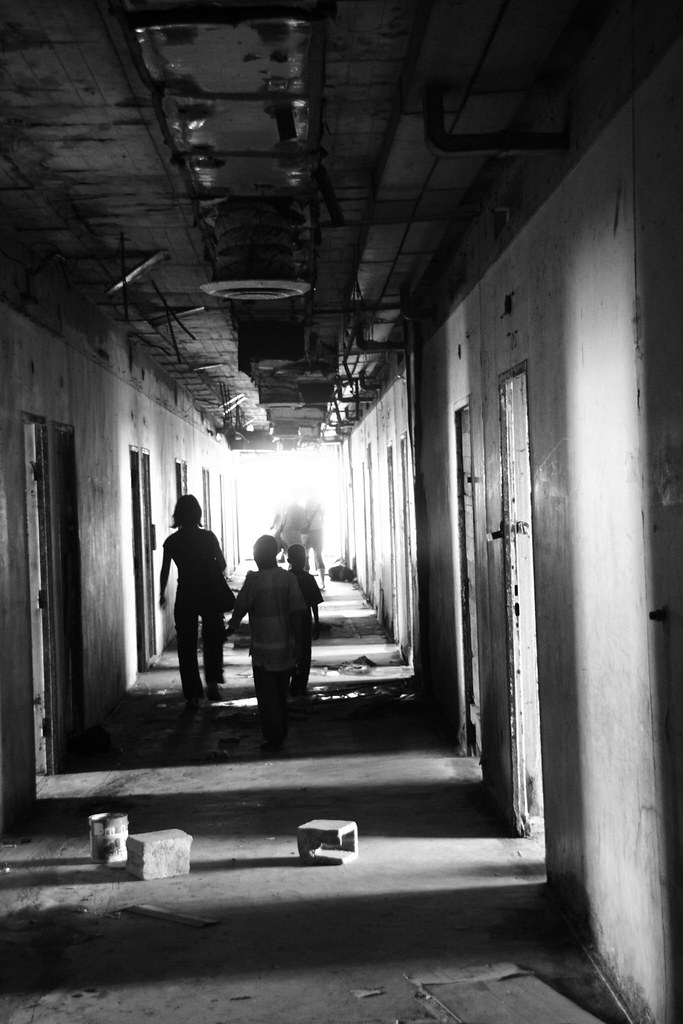





No comments:
Post a Comment